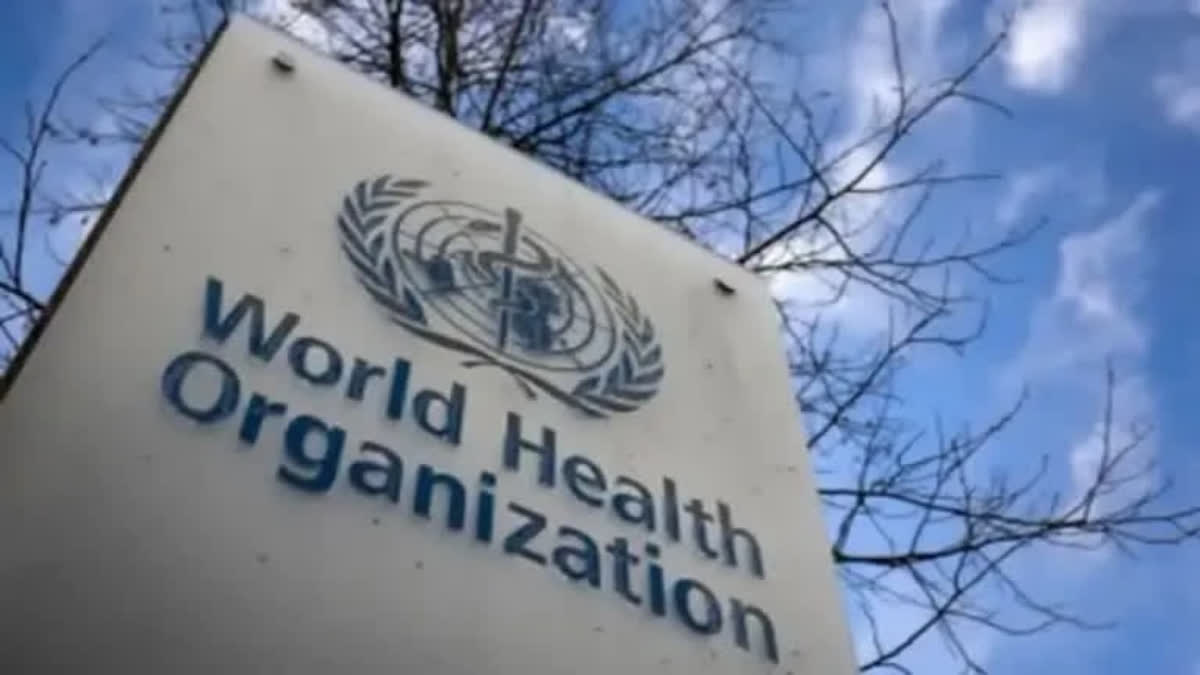New Delhi: The world health statistics released by the World Health Organisation (WHO) on Friday revealed that the Covid-19 pandemic reversed the trend of steady gain in life expectancy at birth and healthy life expectancy at birth. “The pandemic wiped out nearly a decade of progress in improving life expectancy within just two years. Between 2019 and 2021, global life expectancy dropped by 1.8 years to 71.4 years (back to the level of 2012). Similarly, global healthy life expectancy dropped by 1.5 years to 61.9 years in 2021 (back to the level of 2012),” the WHO report said.
The 2024 report also highlights how the effects have been felt unequally across the world. The WHO regions for America and Southeast Asia were hit hardest, with life expectancy dropping by approximately three years and healthy life expectancy by 2.5 years between 2019 and 2021. In contrast, the Western Pacific Region was minimally affected during the first two years of the pandemic, with losses of less than 0.1 years in life expectancy and 0.2 years in healthy life expectancy.
“There continues to be major progress in global health, with billions of people, who are enjoying better health, better access to services and better protection from health emergencies,” said Dr Tedros Adhanom Ghebreyesus, WHO Director-General.
"We must remember how fragile progress can be. In just two years, the Covid-19 pandemic erased a decade of gains in life expectancy. That's why the new Pandemic Agreement is so important: not only to strengthen global health security, but to protect long-term investments in health and promote equity within and between countries,” he added.
Noncommunicable diseases remain the top killer
Covid-19 rapidly emerged as a leading cause of death, ranking as the third highest cause of mortality globally in 2020 and the second in 2021. Nearly 13 million lives were lost during this period. The latest estimates reveal that except in the African and Western Pacific regions, Covid-19 was among the top five causes of death, notably becoming the leading cause of death in the US for both years.
The WHO report also highlights that noncommunicable diseases (NCDs) such as ischemic heart disease and stroke, cancers, chronic obstructive pulmonary disease, Alzheimer's disease, dementia and diabetes were the biggest killers before the pandemic, responsible for 74 per cent of all deaths in 2019. “Even during the pandemic, NCDs continued to account for 78 per cent of non-Covid deaths,” it said.
Increasing obesity and malnutrition
The world faces a massive and complex problem of a double burden of malnutrition where undernutrition coexists with overweight and obesity. In 2022, over one billion people aged five years and older were living with obesity while more than half a billion were underweight. Malnutrition in children was also striking, with 148 million children under five years old affected by stunting (too short for age), 45 million suffering from wasting (too thin for height), and 37 million overweight.
The report further highlights the significant health challenges faced by persons with disabilities, refugees and migrants. In 2021, about 1.3 billion people, or 16 per cent of the global population, had a disability. This group is disproportionately affected by health inequities resulting from avoidable, unjust and unfair conditions.
Access to healthcare for refugees and migrants remains limited, with only half of the 84 countries surveyed between 2018 and 2021 providing government-funded health services to these groups at levels comparable to their citizens. This highlights the urgent need for health systems to adapt and address the persisting inequities and changing demographic needs of global populations.
Progress towards the triple billion targets and SDGs
Despite setbacks caused by the pandemic, the world has made some progress towards achieving the triple billion targets and health-related indicators of the sustainable development goals (SDGs). Since 2018, an additional 1.5 billion people have achieved better health and well-being. Despite gains, rising obesity, high tobacco use and persistent air pollution hinder progress.
Universal health coverage expanded to 585 million more people, falling short of the goal of one billion. Additionally, only 777 million more people are likely to be adequately protected during health emergencies by 2025, falling short of the one billion target set in WHO’s 13th general programme of work. This protection is increasingly important as the effects of climate change and other global crises increasingly threaten health security.
“While we have made progress towards the triple billion targets since 2018, a lot still needs to be done. Data is WHO’s superpower. We need to use it better to deliver more impact in countries. Without accelerating progress, it is unlikely that any of the health SDGs will be met by 2030,” said Dr Samira Asma, WHO Assistant Director-General for Data, Analytics and Delivery for Impact.



